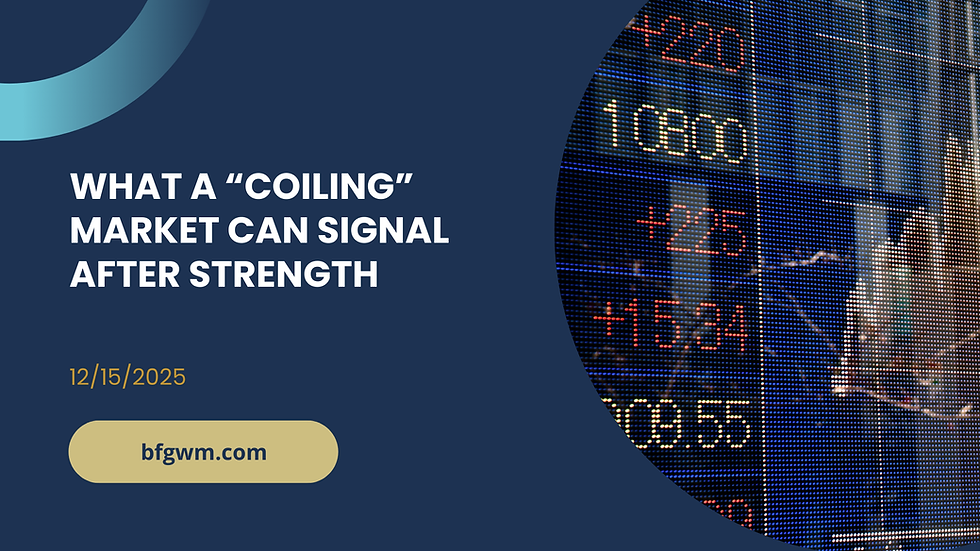Can Monogram Technologies (MGRM) Hit $20/Share in Three Years? A Financial and Strategic Outlook
- Alexis M-H Buchholz

- May 14
- 3 min read
Updated: Sep 23
5/15/2025
by Alexis M-H Buchholz
Monogram Technologies, Inc. (NASDAQ: MGRM) is an early-stage medical technology company based in Austin, Texas. The company is developing next-generation, patient-customized orthopedic implants and an advanced robotic surgical system — the mBôs™ Total Knee Arthroplasty (TKA) System — designed to enable precise, autonomous, and minimally invasive joint replacement surgeries. Its mission is to improve surgical outcomes through robotic precision and anatomical personalization, positioning itself at the forefront of orthopedic innovation.
In March 2025, Monogram achieved a major milestone when the U.S. Food and Drug Administration granted 510(k) clearance for the mBôs system. With regulatory hurdles now cleared, investor attention turns to the company’s ability to generate commercial traction and scale its operations.
What Would It Take to Reach $20/Share?
With a current share price of ~$2.67 and approximately 35.29 million shares outstanding, Monogram’s market cap stands near $94 million. To trade at $20/share, the company would need a $705 million market cap.
Assuming a 10x Price-to-Sales (P/S) multiple, consistent with high-growth medical technology companies, Monogram would need to generate at least $70.5 million in annual revenue.
How Many Systems Must Be Sold to Get There?
Based on market comparisons with Stryker’s Mako and Zimmer Biomet’s ROSA systems, the average selling price (ASP) of robotic orthopedic surgical platforms ranges from $500,000 to over $1 million. We assume $750,000 per system for Monogram.
To generate $70.5 million in revenue, Monogram would need to sell approximately:
93 units annually by Year 3,
Or scale to that level over time (e.g., 20–30 units in Year 1, ramping up thereafter)
This calculation does not include additional recurring revenue from implants, tools, service contracts, or software—which Monogram plans to monetize.
Financial Position: Cash on Hand and Burn Rate
According to Monogram’s Q1 2025 report (released May 14, 2025):
Cash & equivalents: $10.5 million
Quarterly net loss (burn rate): $3.2 million
At this pace, the company has less than a year of operational runway and will require external financing to commercialize its robotic system and scale operations.
How Much More Capital Will Be Needed?
To reach a $70M revenue run-rate, Monogram will need to fund:
~$38.4M in operational expenses (burn) over 3 years
~$21M in commercial and manufacturing ramp-up (e.g., sales team, tooling, inventory, clinical expansion)
Total: ~$48.9 million in additional capital needed
If funded through debt, modeled after peer medtech financing structures (8% interest-only for 2 years), the company would incur approximately:
$7.8 million in interest expense during the first 2 years
Equity financing or hybrid structures (convertible debt, revenue-sharing) may also be pursued, potentially leading to shareholder dilution if not managed strategically.
Execution Risks and Commercial Challenges
To achieve these projections, Monogram must:
Successfully execute its clinical trial in India with Shalby Hospitals (expected to begin fall 2025)
Convert U.S.-based Key Opinion Leader (KOL) placements into commercial contracts
Scale manufacturing and support for hospitals across geographies
Compete against entrenched players like Stryker, Zimmer, and Smith & Nephew
Additionally, its Q1 2025 marketing spend was just $44,000 — suggesting an urgent need to scale go-to-market efforts.
The Upside Opportunity
While the challenges are real, so is the upside. Monogram is now one of the few cleared, next-gen robotic surgical systems targeting a $19 billion global joint replacement market. Its platform is differentiated by:
Fully autonomous bone cutting
Patient-specific planning and implant design
Compact system architecture suited for ambulatory surgery centers
If Monogram executes—clinically and commercially—it could evolve from a speculative medtech player to a legitimate disruptor in orthopedic surgery.
Reaching $20/share within three years is ambitious, but not unrealistic. It hinges on timely funding, clinical proof, and early commercial traction. For investors willing to accept early-stage risk, Monogram may offer asymmetric upside in a market hungry for surgical innovation.
Subscribe for more articles like this!
Disclosure: BFG Wealth Management holds a position in Monogram Technologies (NASDAQ: MGRM) directly through our Small-Mid Cap Growth portfolio. This article is for informational purposes only and does not constitute financial advice.
Visit the Investment Sector page to explore what we invest in for our clients.
If you are ready to take your investments to the next level, contact us and Get Started today!

%20(500%20%C3%97%20150%20px)%20(600%20%C3%97%20150%20px).png)



Comments